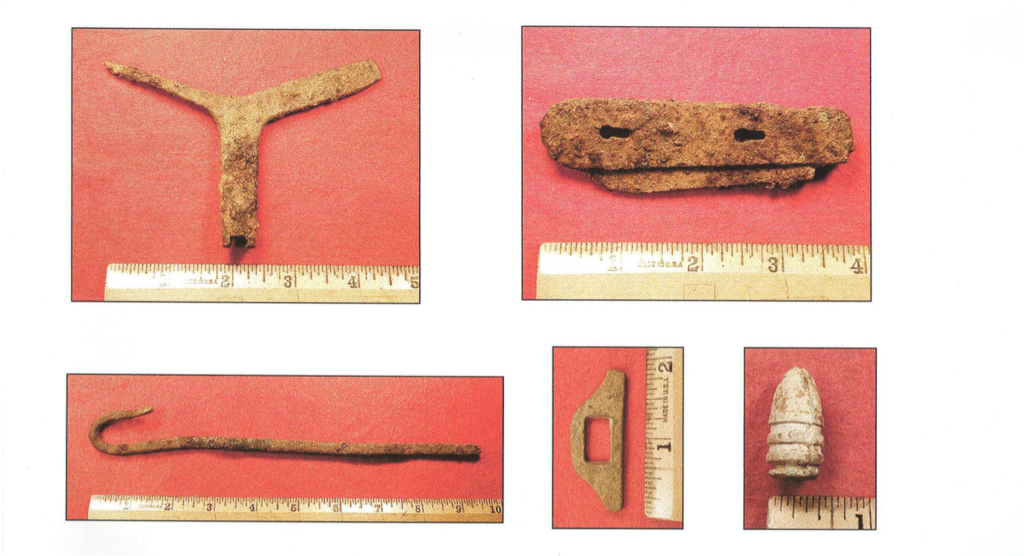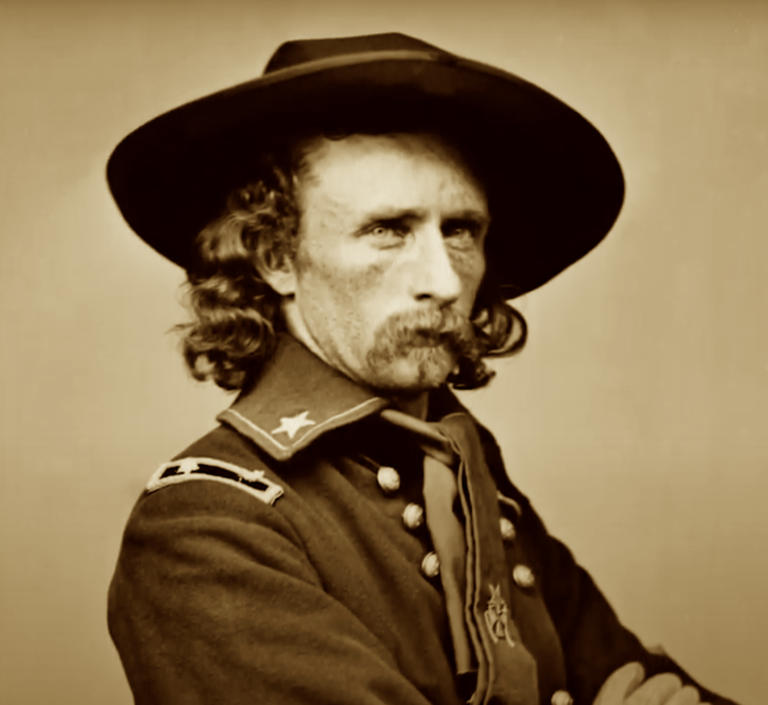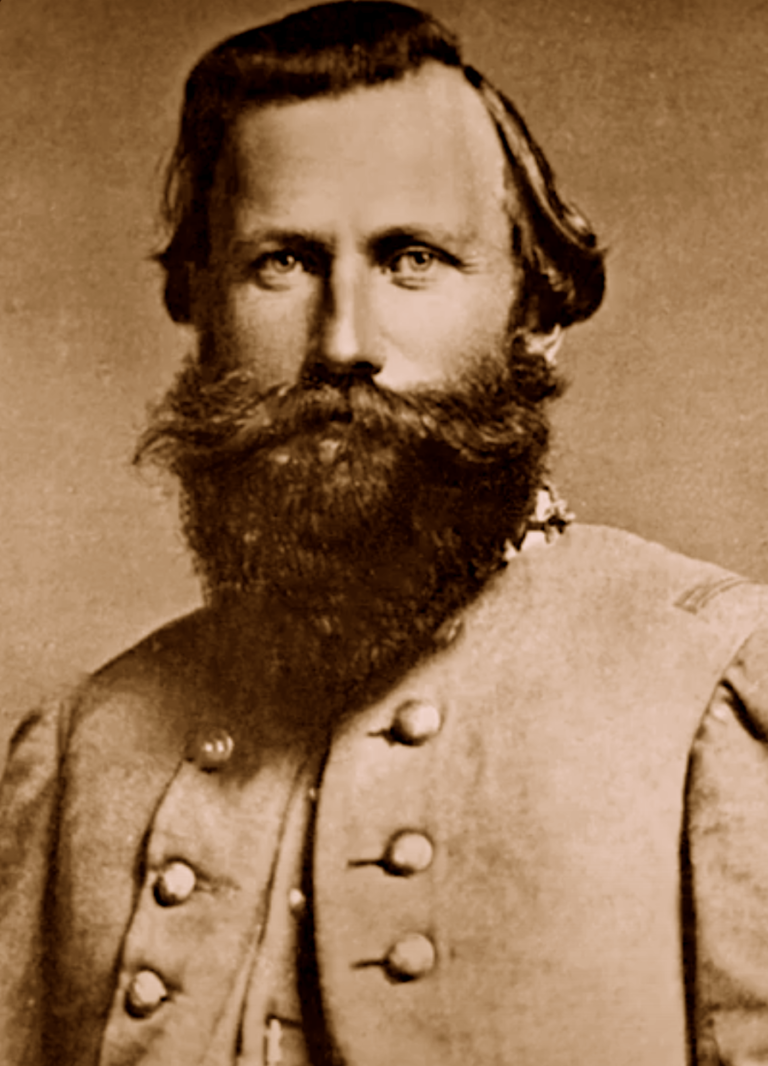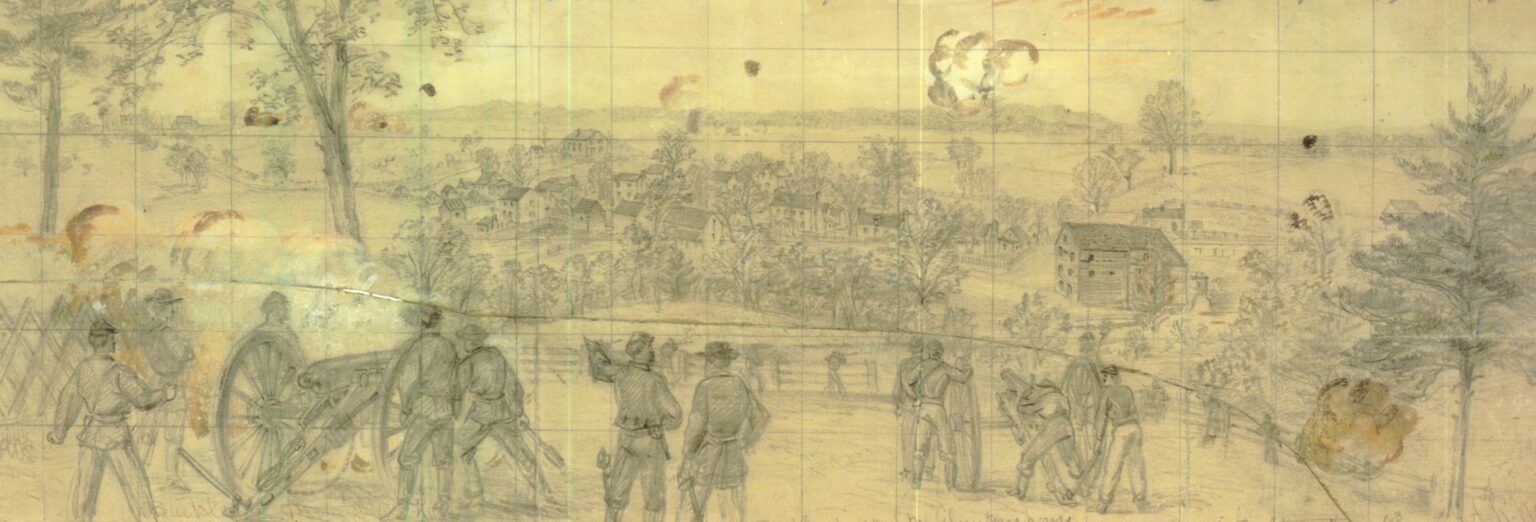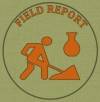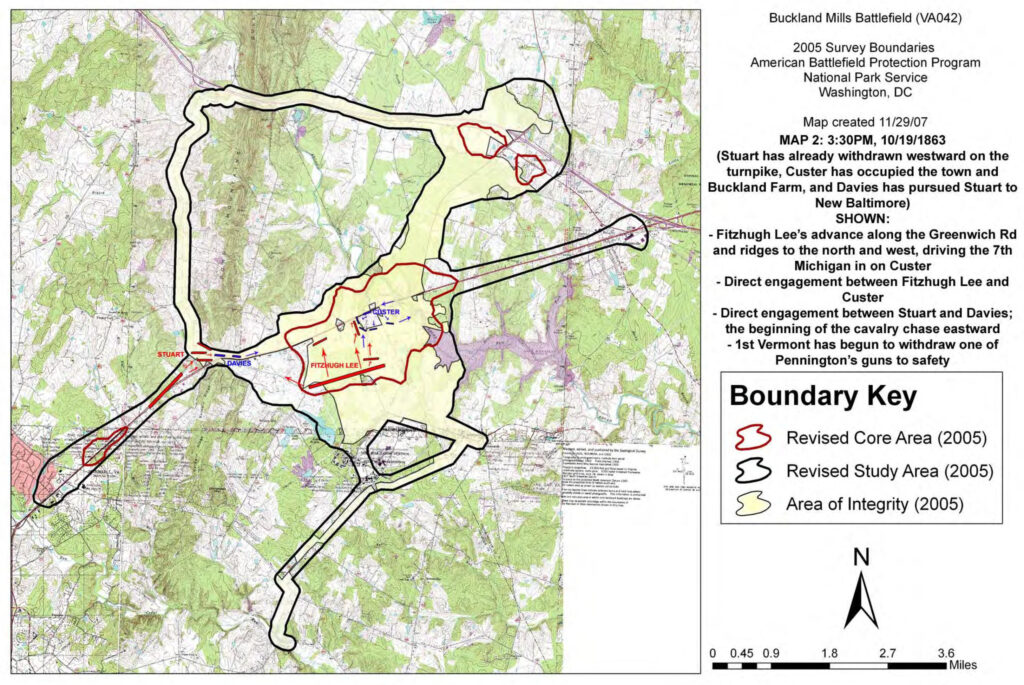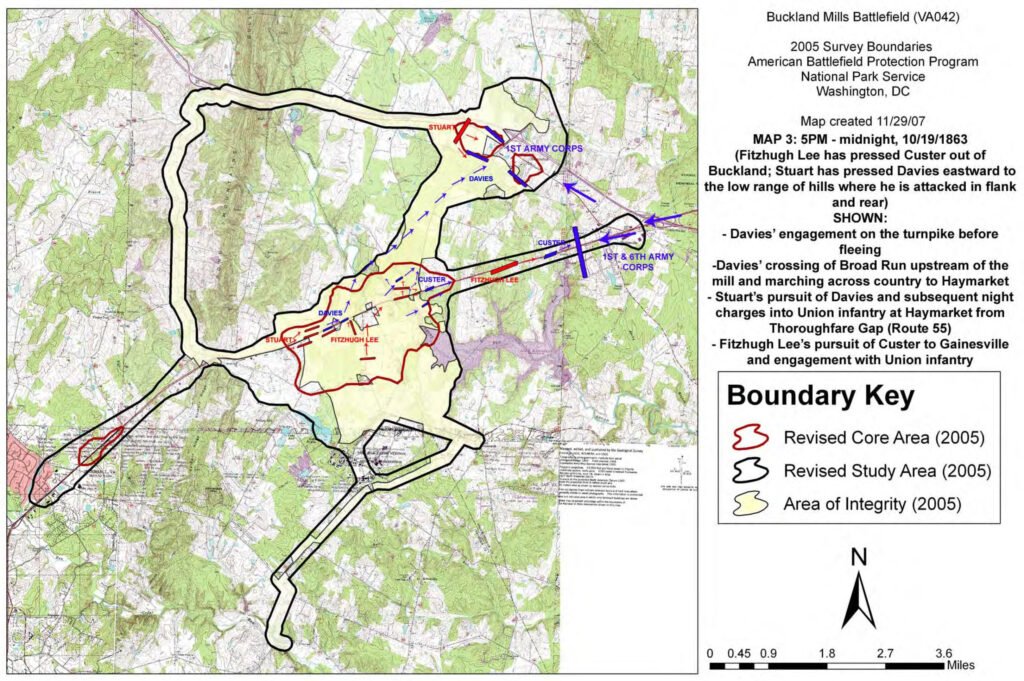Civil War
Buckland’s location on the Fauquier and Alexandria Turnpike often brought units of the competing Union and Confederate armies to the town. Sometimes Buckland was a waystop. At other times the commercial facilities and bridge over Broad Run made it a tactical postion to be occupied and controlled. Most residents sympathized with, if not openly supported, the Confederate cause, a majority having voted in support of Virginia’s secession from the Union. At the time, the owner of Buckland Farm was Richard Bland Lee, a cousin of General Robert E. Lee, commander of the Confederate Army of Northern Virginia. Many Confederate units were organized in nearby communities and made up of local residents who had close relationships with Buckland.
The Battle of Buckland Mills
In October 1863, three months after the Battle of Gettysburg, General Lee initiated action to out flank General George E. Meade’s Army of the Potomac and threaten the U.S. Capital in Washington, DC. Meade successfully countered in blocking movements, including the Union Army’s victory at Bristoe Station on the Orange and Alexandria Railroad. Lee decided to retire and move his army back to camps 50 miles west of Buckland near Orange, Virginia. Confederate cavalry under General J. E. B. Stuart screened the retreat, moving westward from Manassas on the Fauquier and Alexandria Turnpike. Union cavalry under Generals Judson Kilpatrick, Henry E. Davies, Jr. and George A. Custer pursued and engaged Stuart’s forces.
155th anniversary presentation of the battle by Society member John Browne.

